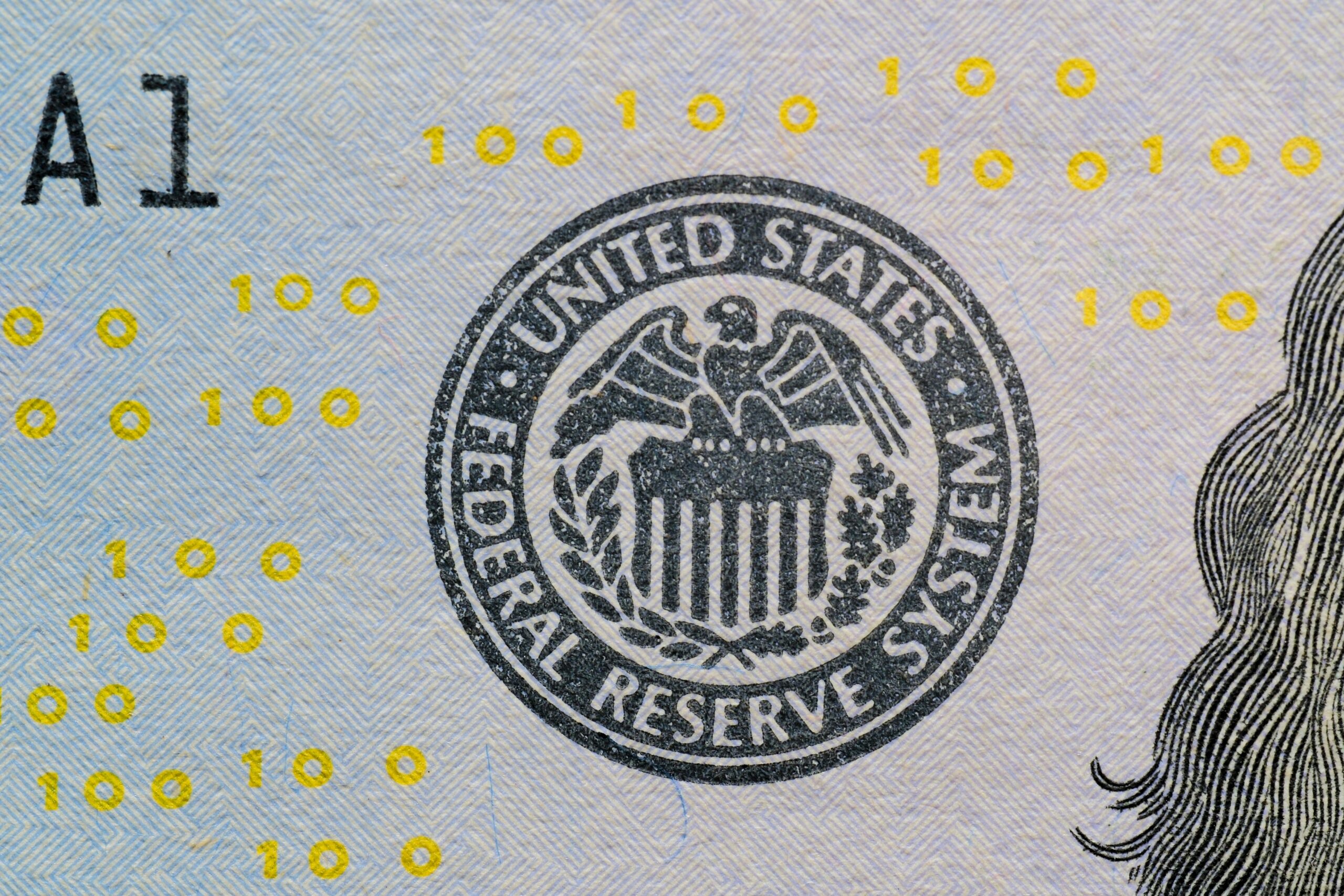How U.S. Involvement in the Iran Conflict Could Impact Forex
As geopolitical tensions flare between Israel and Iran, with the United States playing an increasingly visible military role, global financial markets are once again gripped by uncertainty. Currencies are particularly sensitive to developments involving major powers like the U.S., and traders are already responding to early signs of escalation.
The Dollar’s Initial Reaction: A Risk Haven Rally
Recent news shows the U.S. dollar strengthening significantly against the Japanese yen, with the USD/JPY pair jumping over 1% following reports of U.S. strikes against Iranian assets. According to TradingView, the dollar has reasserted its position as the global “safe-haven” currency, at least for now.
This initial rise in the dollar may seem counterintuitive given the U.S.’s direct involvement in the conflict. However, during the early stages of geopolitical crises, the greenback often benefits from a flight to safety, with investors pulling capital from riskier assets and emerging markets into U.S. Treasuries and cash.
But the Story Might Change
It’s important to remember that forex reactions to conflict are rarely linear or stable over time. What begins as a safe-haven rally may evolve into a weakening trend for the dollar if:
- The conflict escalates into a broader regional war involving more U.S. resources.
- Global oil prices spike, adding inflationary pressure that could force the Feds to adjust policy.
- U.S. consumer and business sentiment falls, reducing economic growth and dollar appeal.
Lessons from History: What Past Conflicts Tell Us
Forex markets have reacted in varied and sometimes contradictory ways to past geopolitical and military events. Here are a few notable examples:
Gulf War (1990–1991)
- USD strengthened initially amid the uncertainty and oil price spikes.
- But as the war became imminent and costs mounted, the dollar weakened, especially against European currencies and the yen.
Iraq War (2003)
- The dollar fell in the run-up to the U.S.-led invasion due to uncertainty and fiscal concerns.
- After initial military success and market relief, the dollar briefly rebounded before resuming a longer-term decline.
Russia-Ukraine War (2022–Present)
- The USD surged, driven by massive capital inflows into U.S. assets and dollar-denominated commodities.
- Euro and emerging market currencies suffered sharp losses.
- The yen also weakened, despite its traditional safe-haven status, due to Japan’s energy import dependence and yield curve control policy.
Final Thoughts: Navigating Uncertainty
Forex traders should be cautious in over-interpreting the dollar’s initial strength. While the greenback is still viewed as a haven, its position can quickly reverse if the geopolitical risk becomes an economic liability for the U.S. itself. Additionally, Japan’s own monetary policy—marked by ultra-low rates—makes the yen a special case that doesn’t always behave like a conventional safe haven.
In times like these, historical analogies offer helpful frameworks, but they can’t predict exact outcomes. As always in forex, flexibility and risk management are paramount.







